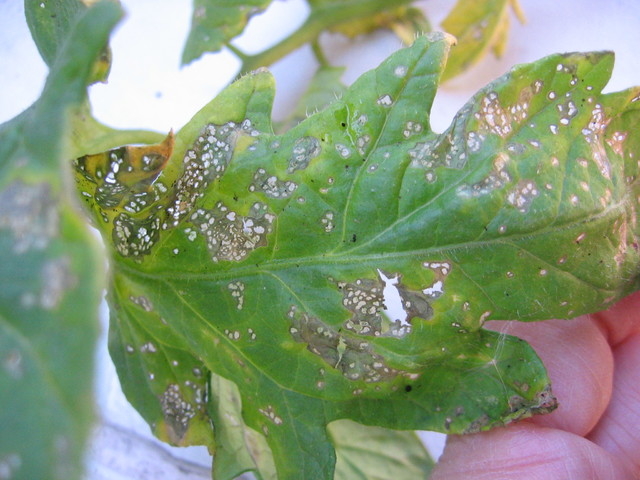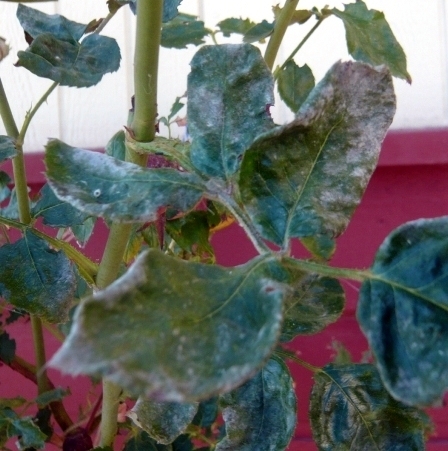Poor pollination can cause small fruit to drop
Q: I’ve had my apricot tree about 15 years. Last year it had a huge crop. This year it had lots of blossoms, swarms of bees, but almost no fruit set. The remaining fruit has dropped off. There is sap on one of the branches and I’m wondering if it has bugs or is it just is taking a year off?
A: Some fruit trees do take a year off. This is called alternate bearing. However, alternate bearing decreases fruit production by reducing the number of flowers, not the dropping of fruit. Unless the tree is dying, I doubt it is due to sap and the bugs.
Flowering, followed by the dropping of small fruit, usually indicates poor pollination. Small fruit drops because the pollen was not transferred to the female part of the flower. Or, if it was transferred, it did not result in fertilization.
When fertilization doesn’t occur, fruit may still form, grow a little bit in size, but then yellow and abort or drop from the tree. Fruit abortion typically happens when the fruit gets about the size of a dime or even smaller.
Healthy fruit may abort if the soil is too dry. When soil dries, fruit trees will try saving themselves by first dropping fruit and, if the threat persists, dropping leaves as well.
If weed killers are sprayed close to a tree and the spray (even fumes from the spray on a hot or windy day) may drift toward the tree and cause fruit drop.
Applying too much fertilizer close to the tree trunk can also cause fruit drop.
Inspect your tree for insects. Some insects, such as the leaf-footed plant bug, can cause fruit drop. If your tree had a large number of these insects feeding on small fruit, it could cause fruit drop.
Q: My lilac bush had some leaves on it that suddenly look like they are deformed. What is the problem?
A: Deformed or crinkled leaves can indicate several things. If the edges of the leaves were damaged or scorched, the interior of the leaf will continue to grow while the dead margin will not. This can cause leaf deformity called cupping.
Feeding damage by some bugs on leaf buds before they open can cause crinkled or deformed leaves. These include the stink bug group of insects such as the leaf-footed plant bugs. Look for bugs on the bottom of the leaves or crawling on stems.
Leaf deformity can be caused by weed killer sprays that drifted on the foliage during windy or hot weather. Some herbicides, like dandelion killers for lawns, cause leaf deformity if it comes in contact with leaves as they are enlarging or expanding.
Bottom line, most likely the damage is temporary and as more leaves develop they should be normal. However, if you inspect the plant and see these types of insects, apply an insecticide for ornamental plants and spray leaves and stems during early morning hours. Spray the undersides of leaves because this is where most of the bugs hang out.
Make sure the plant gets enough water. This is a plant that likes compost and wood mulch, not rock mulch. Every year apply ½ cubic foot of compost on top of the mulch and water it in. Use a high phosphorus fertilizer that promotes flowering of woody plants.
Q: My roses are covered with mildew. I have sprayed them and hope they will recover. I have not had this problem in years. What causes mildew and how do you keep it from coming back?
A: Diseases develop on plants when the environment is just right for that disease; disease organisms come in contact with the plant and the plant must be susceptible to it.
Let’s break each of these factors down. Remember, when dealing with diseases it is most important to prevent diseases from happening rather than cure them with a pesticide after the fact.
Powdery mildew of roses — or powdery mildew of any plant for that matter — develops best in shady spots during cooler times of the year and when it is moist. It does not like to develop in full sun and when it is hot and dry.
We see powdery mildew during cool weather of spring and fall and times just after it rains. It is common when roses are grown in shady spots and watered with sprinklers.
Powdery mildew can be spread by splashing water. This can be from rain or sprinklers. It also can be spread by hands, pruning shears and wind.
Powdery mildew likes some roses better than others. The variety of rose and how healthy it is has a lot to do with how often you will see powdery mildew on it.
So if you want powdery mildew on roses then grow a variety susceptible to powdery mildew, don’t fertilize it very often, prune it incorrectly, place it in the shade and water it with sprinklers.
The flip side is best for disease-free roses: Select a variety resistant to powdery mildew, plant it in a location where it gets at least six to eight hours of full sun each day, apply compost and wood mulch to the soil, keep it healthy with at least one application of a rose fertilizer every year and irrigate using drip irrigation.
Q: I’m not getting a very big crop of pomegranates this year. I have one Wonderful and one Utah, each about six years old. Between the two I had about four dozen fruit last year, enough for myself over the winter. We have a large ash tree in the yard which throws some shade, but the pomegranates both get morning sun.
This year, each had about two dozen blossoms but no more than a dozen fruit is developing on each, about the size of a small tangelo so far. I don’t see any infestations and the birds don’t seem to be bothering them but a couple of fruit have split open. I’ve started hanging red foil strips to discourage the birds but is there some other reason the fruit could be doing this?
A: To produce fruit, pomegranate will need at least six hours of sunlight and does best in full sun. As the shade increases on pomegranates, the number of flowers and fruits decrease.
Pomegranates produce flowers on new growth. If you are getting lots of new growth and there is enough sunlight, there is no reason you should not be getting lots of flowers.
The key for you to look at will be the number of flowers it’s producing. If the tree is not producing flowers, of course it can’t produce fruit.
To stimulate flower production it really needs quite a bit of water. This plant is very drought tolerant but it needs plenty of water to be productive.
The amount of water it needs depends on the size. A 6-year-old pomegranate should be at least 6 feet tall and 4 or 5 feet across.
Another indicator it is getting plenty of water is the density of the canopy. Your pomegranate tree or bush should be so dense you can’t see through it.
If you are not seeing much new growth and the canopy is not dense, this is usually an indication it’s not getting enough water. Of course, production increases if fertilizers are applied and the canopy becomes more dense as well.
Pruning will come into play but if pomegranate is not pruned it still produces lots of pomegranates but they usually will be much smaller because there are too many.
My initial concern is the amount of light it is getting and the amount of water. Secondarily, that it has been fertilized at least once a year.
Q: I have these black spots developing all over my tomato leaves. Any idea what is wrong with my tomato plant?
A: It looks like you could have a couple of things going on. The tiny black or brown spots on the leaves may be Septoria leaf spot. As a precaution, I would apply a fungicide for vegetables immediately and follow the label directions to a T. Any general fungicide for vegetables will work. The other option is to pull it out and start over.
Secondly, never apply irrigation water with a sprinkler; use drip irrigation.
If you bought these plants from a local store it probably came with the plant when it was grown in the greenhouse. This disease is fairly easy to control if the greenhouse is kept clean and the plants kept healthy. They were most likely infected when you bought them. There were probably some leaves already showing these spots.
Your other pictures show possible salt damage. Soak the soil with water. Use a soil wetting agent like EZ Wet or comparable and apply it to the soil and remove salts. Hopefully, you amended your soil with compost at the time of planting and you used a preplant fertilizer. Some leaves showed signs of yellowing which may be due to lack of fertilizer applied at the time of planting.
Take a look at these fact sheets and pics:
n http://tinyurl.com/knlhb5
n http://tinyurl.com/moxh9ec.
Bob Morris is a horticulture expert living in Las Vegas and professor emeritus for the University of Nevada. Visit his blog at xtremehorticulture.blogspot.com. Send questions to Extremehort@aol.com.



















